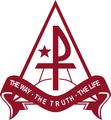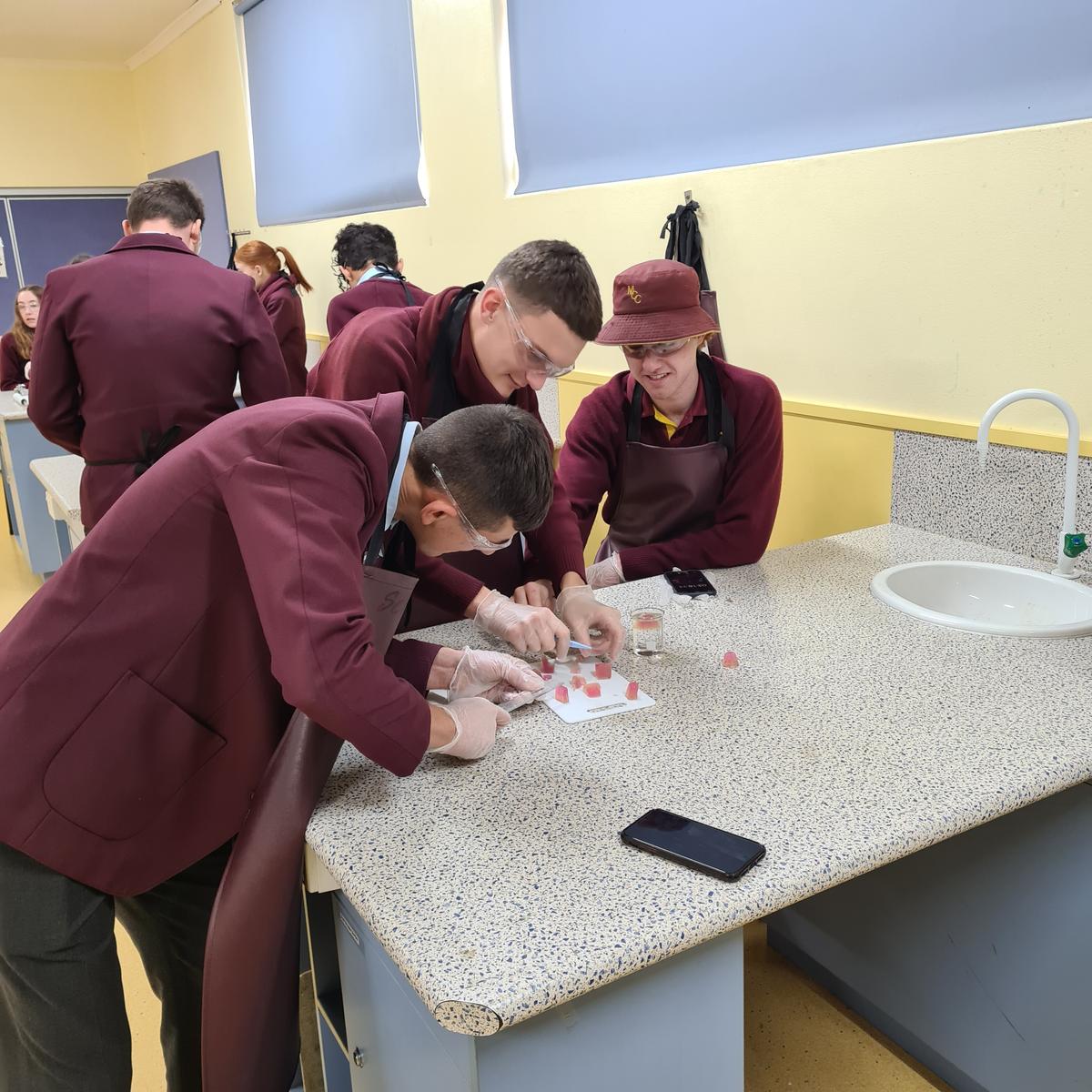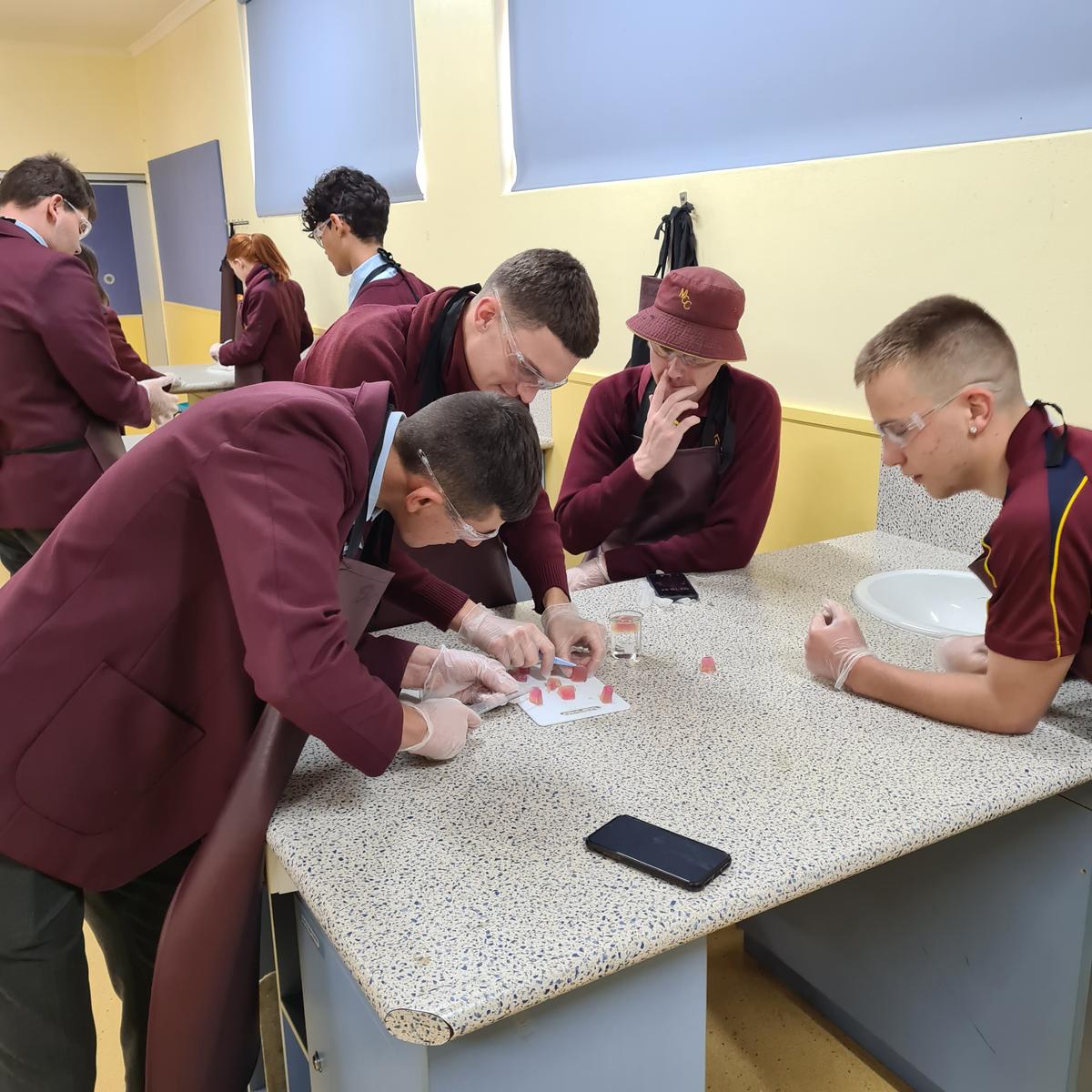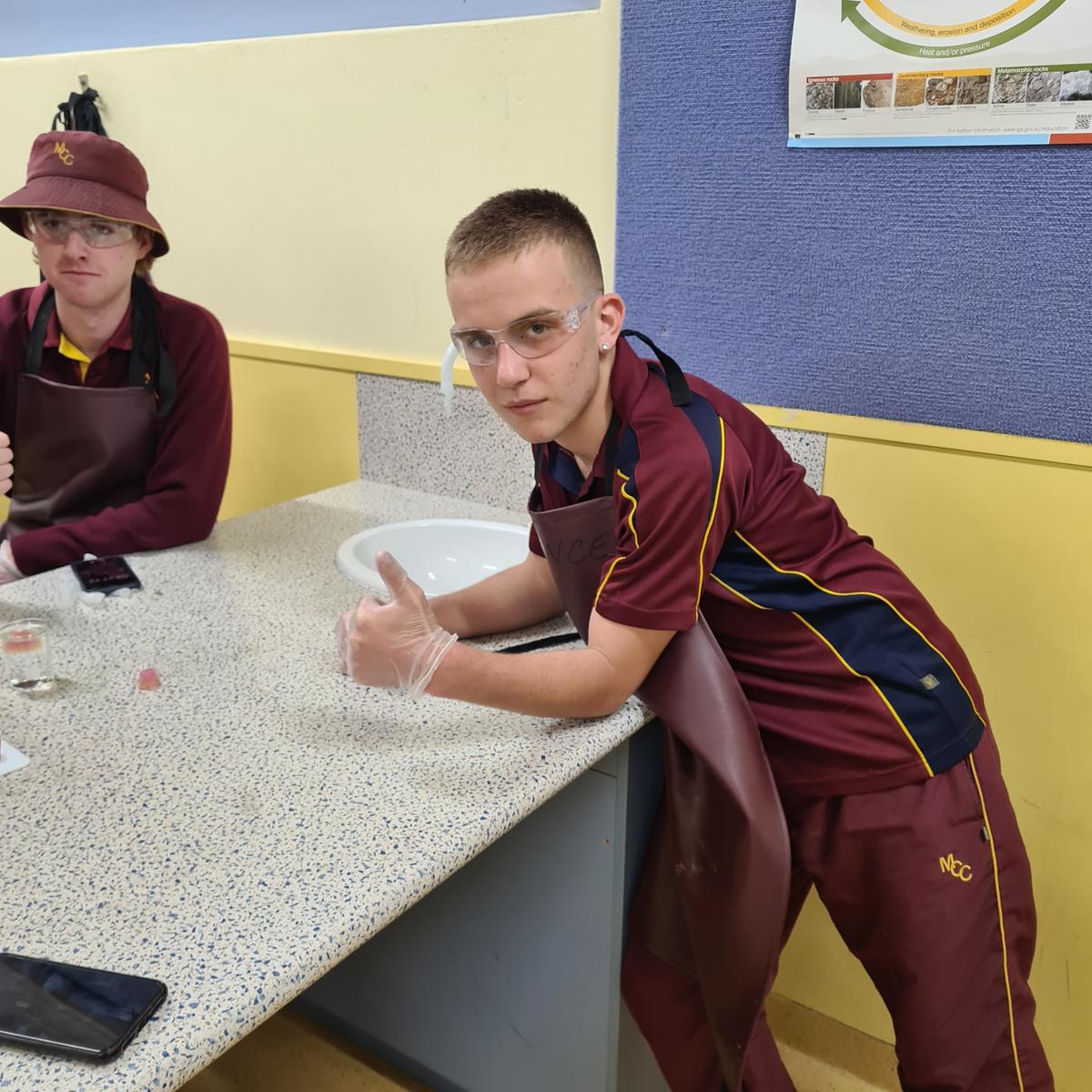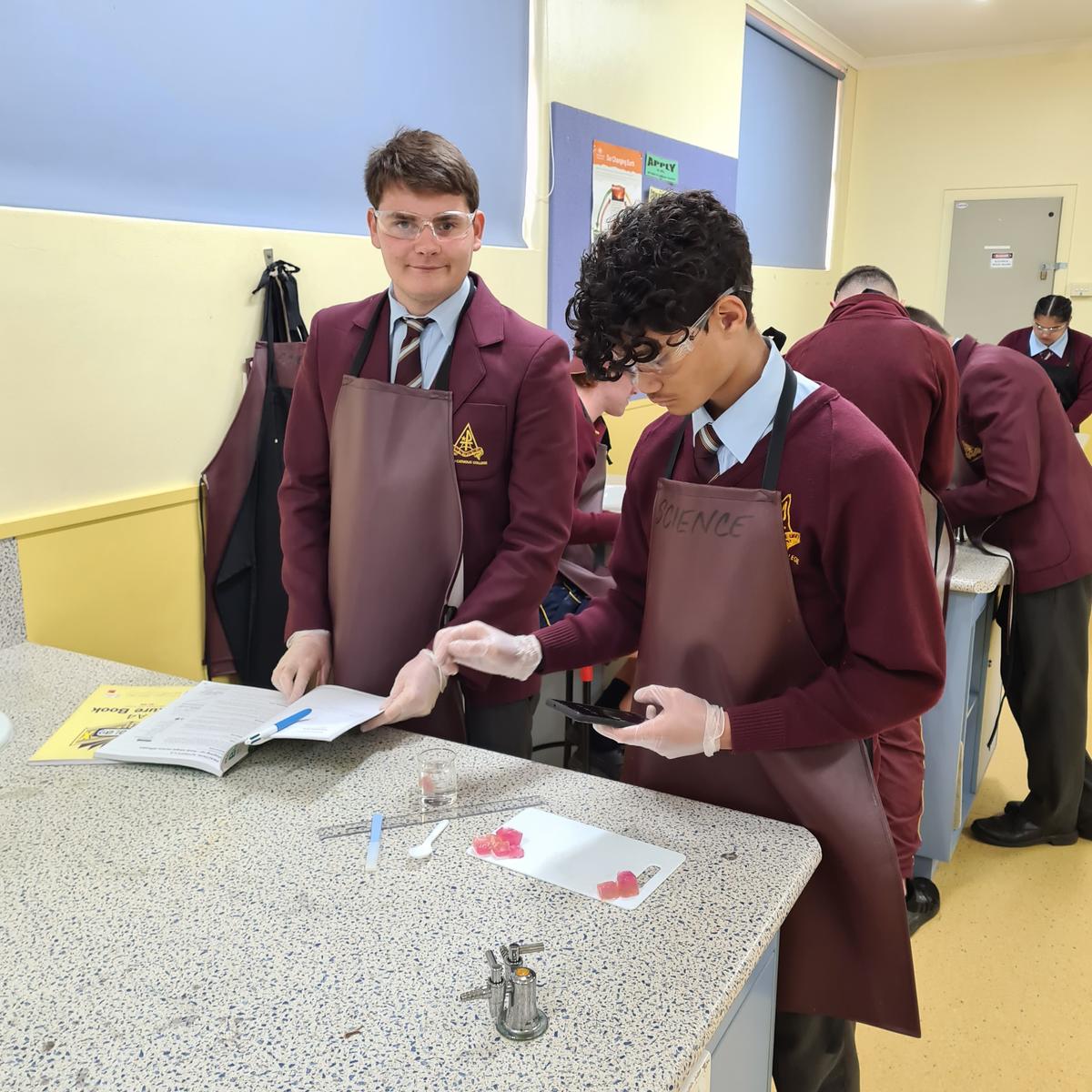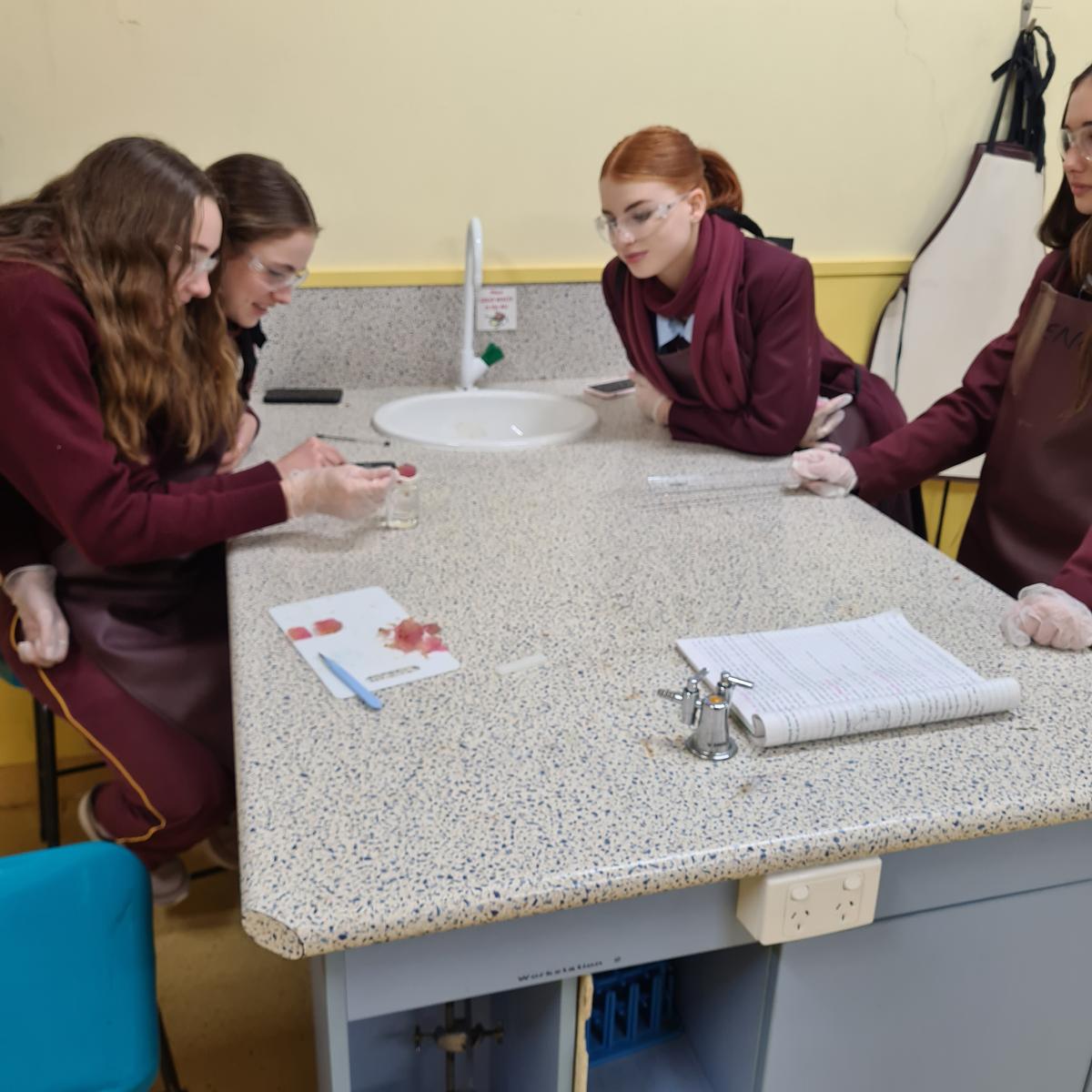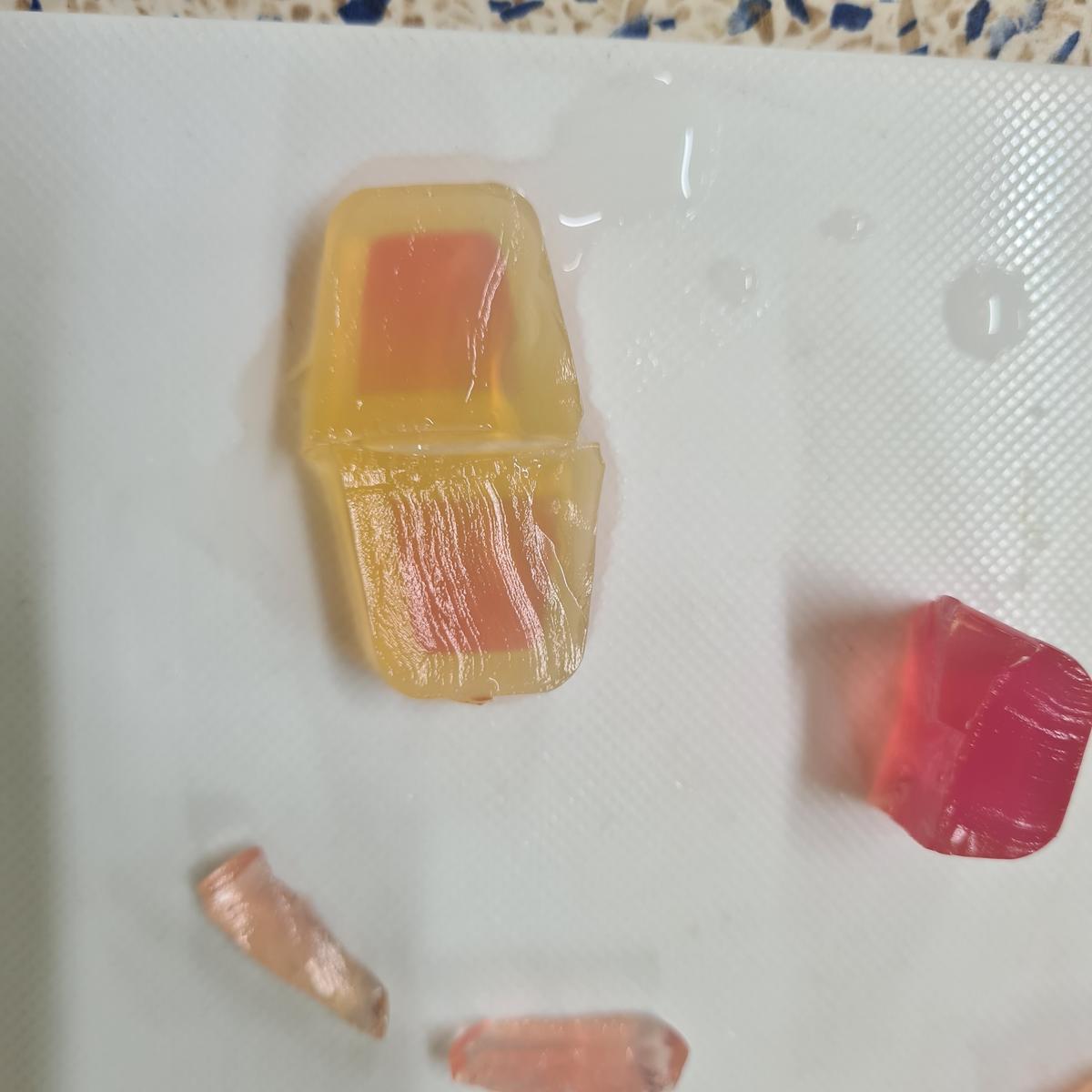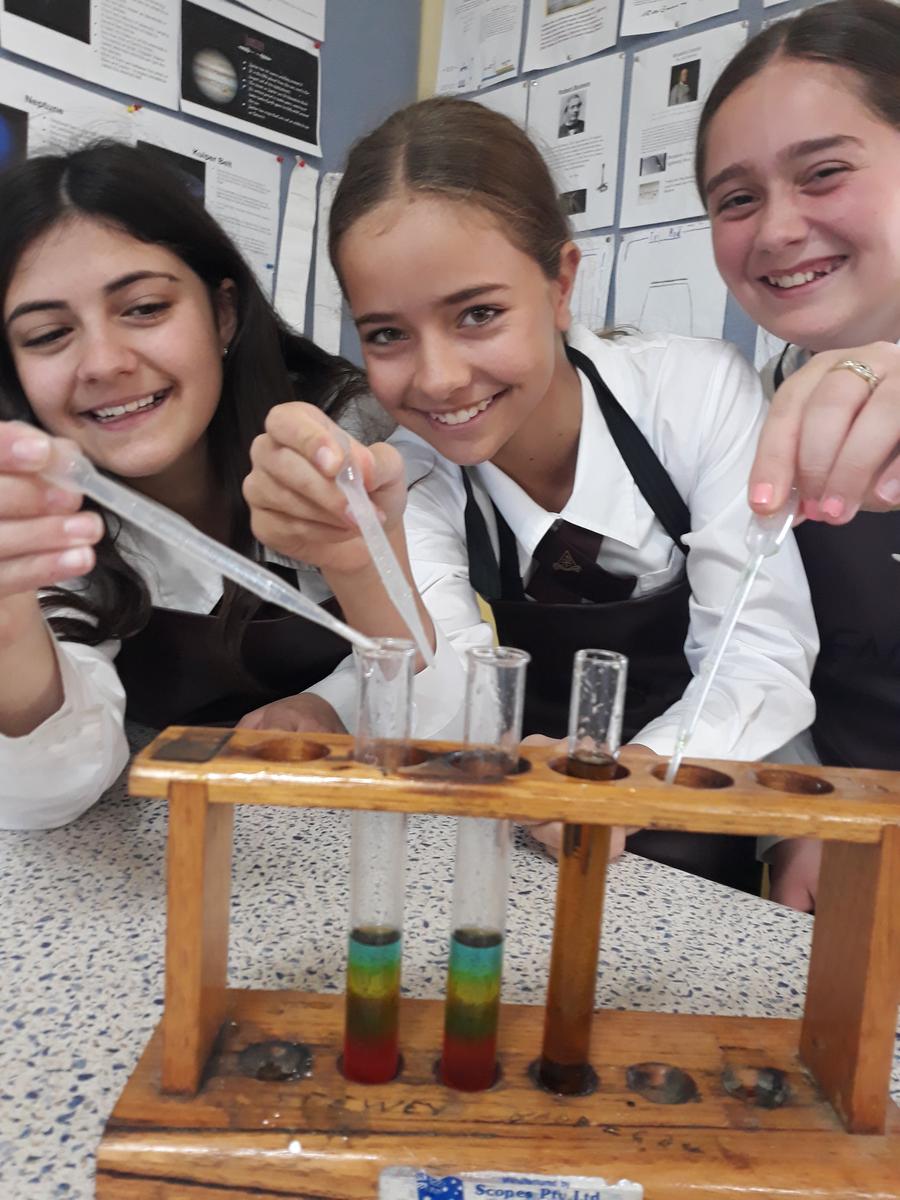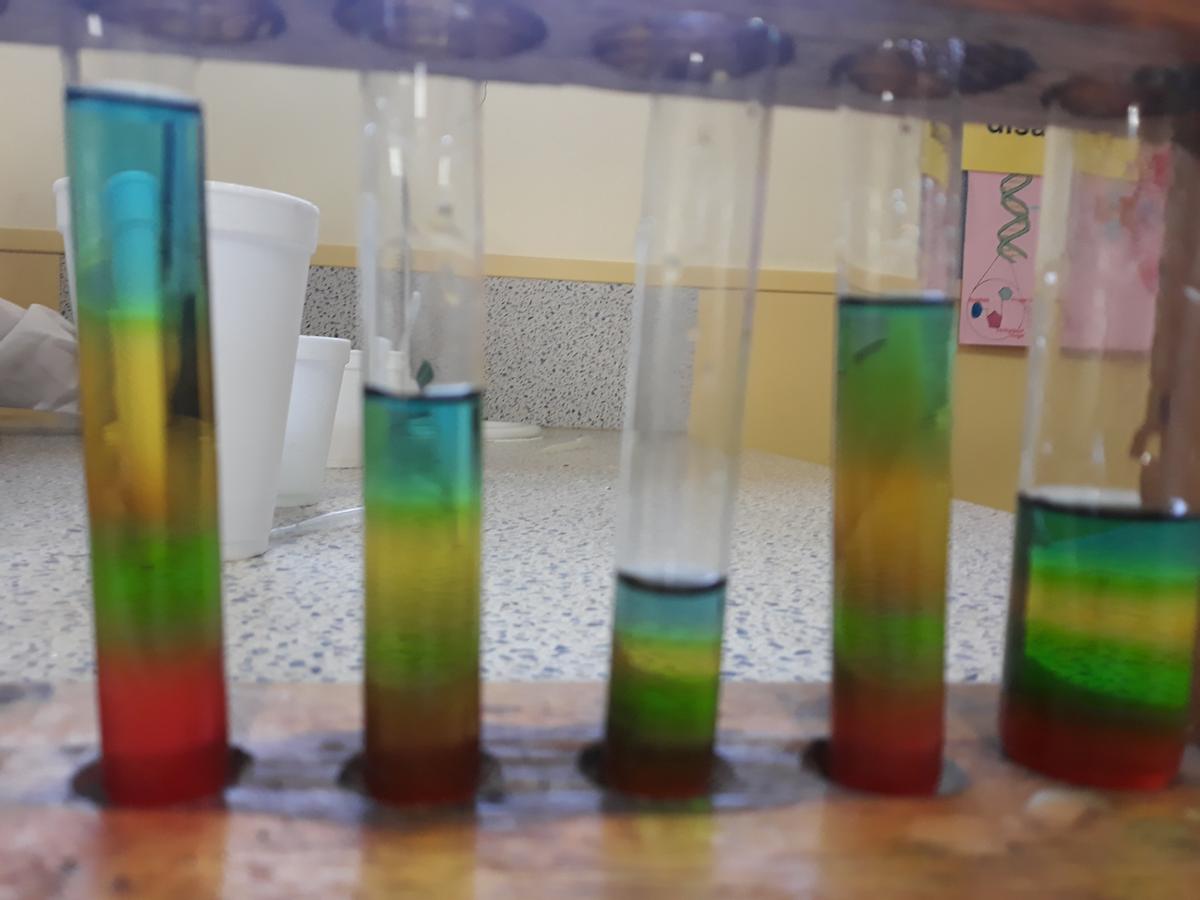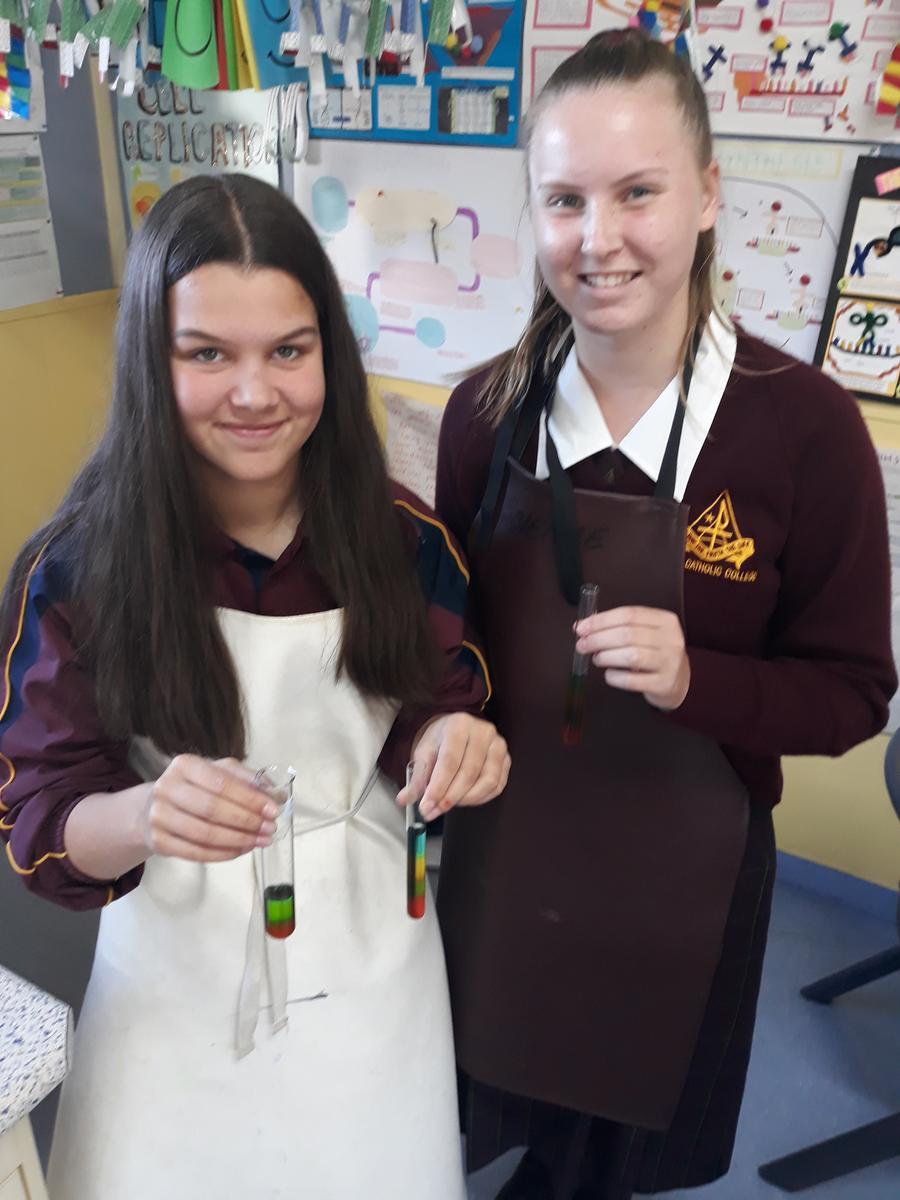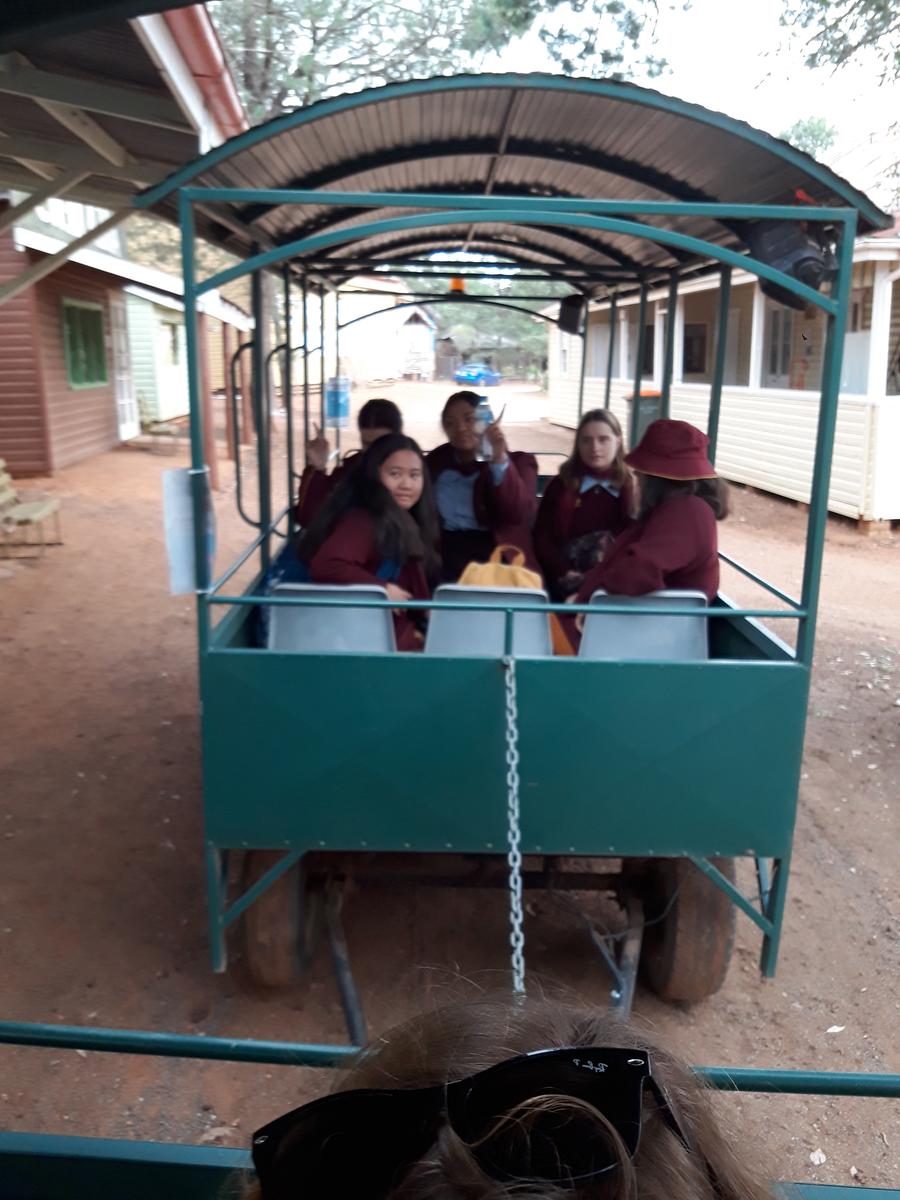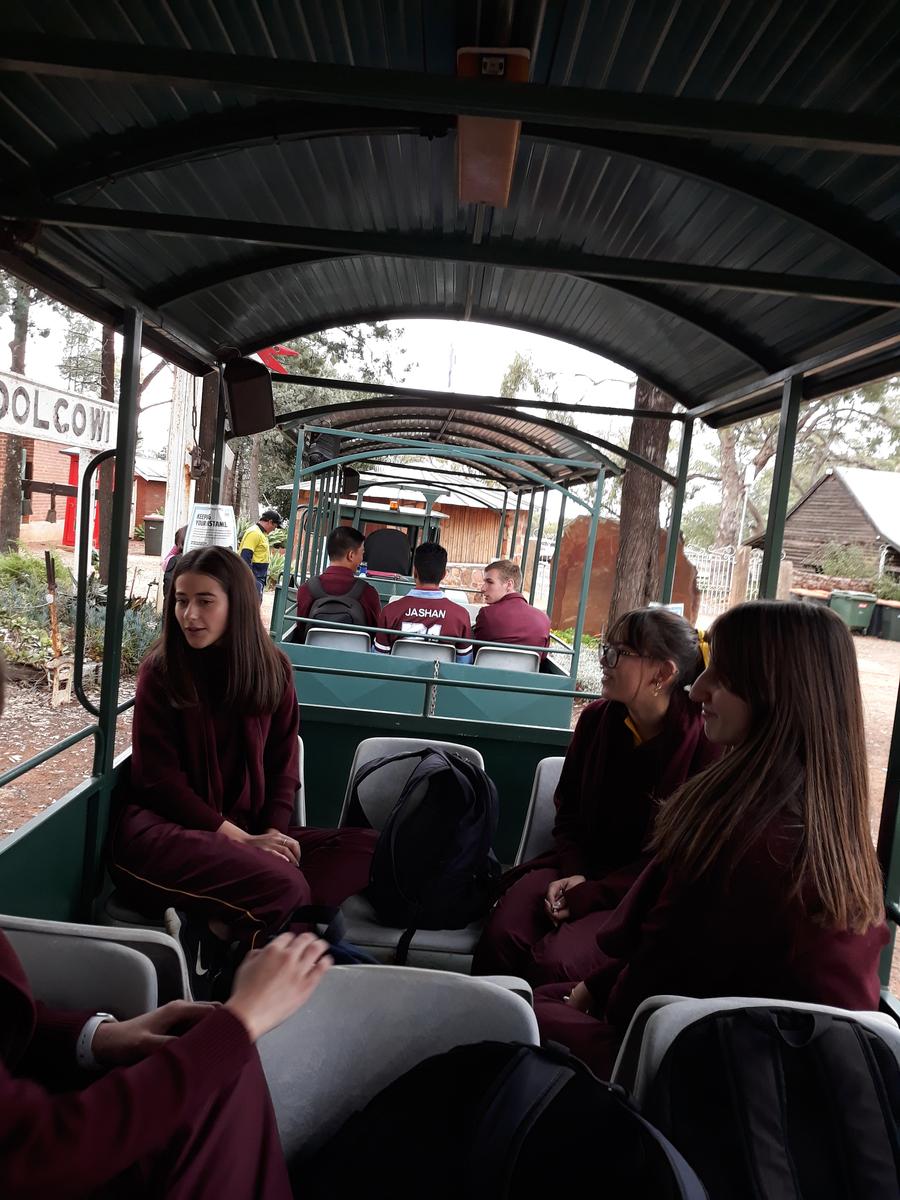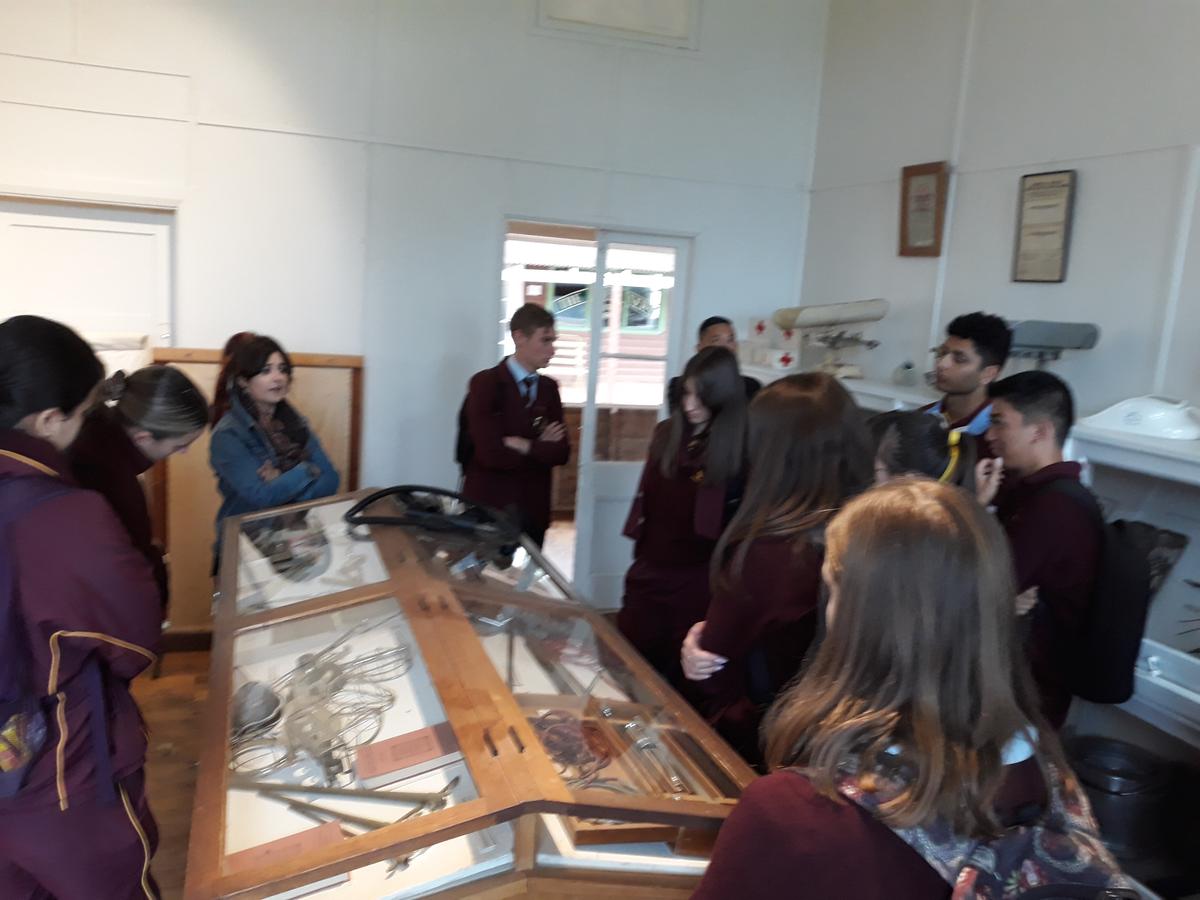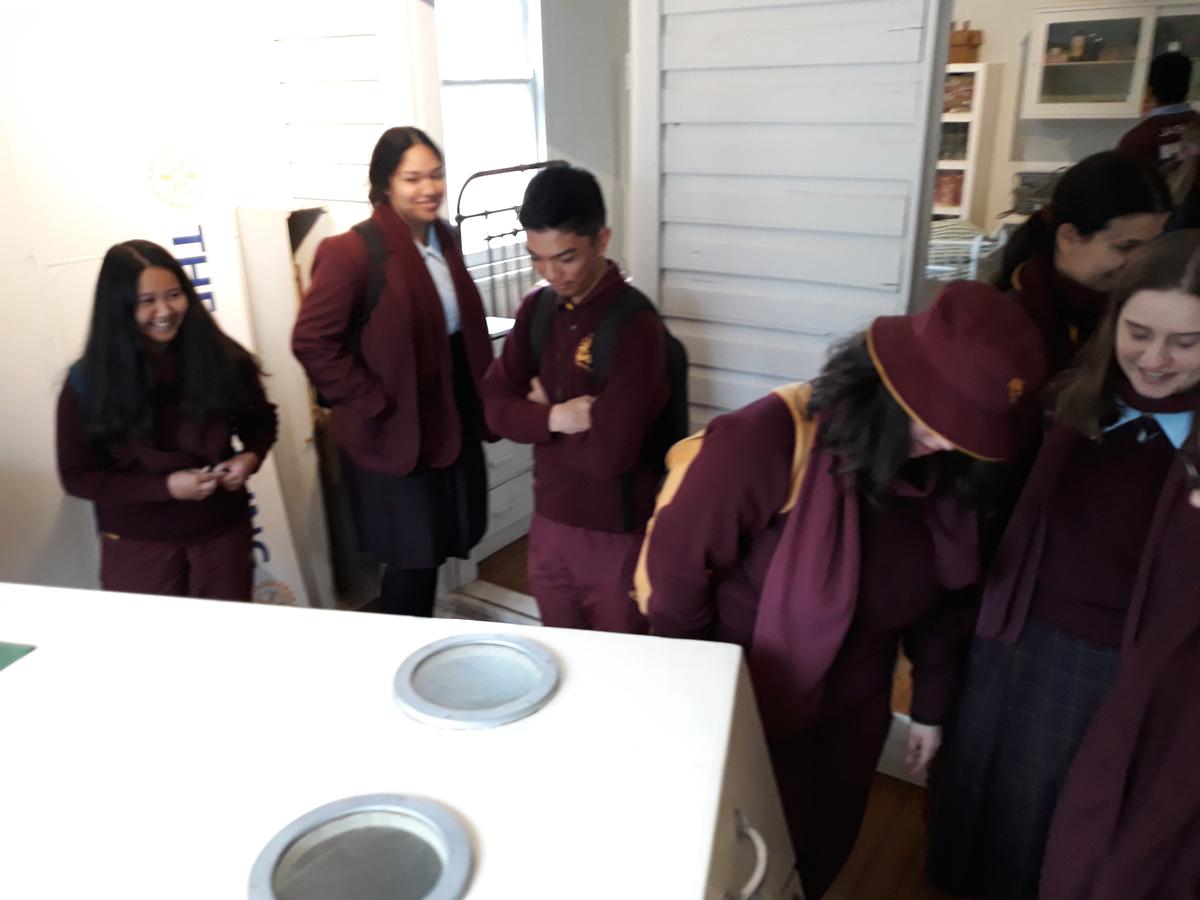Science News

The cold and wet weather has finally come to Griffith and it is set to be a great long weekend. Students have a pupil free day tomorrow and all the assessment for Term 2 have been submitted and are in the process of being marked. Students can relax and enjoy some special time with family and friends.
Year 10 will start their big unit on Chemical reactions. If any student is considering a study of Chemistry as the senior level, it is essential that they concentrate 100% and learn the basic reactions and skills so that they set themselves up to succeed next year. It is a demanding course but an important course for all students who are wishing to have a career in any science related field such as nursing, medicine, pathology, horticulture, veterinary, laboratory technician, food and nutrition, pharmacy just to name a few.
Year 9 are completing their study of the human body systems and how they work. Teachers have been very impressed with the humour and writing skills that some students showed with their narrative from the perspective of a pathogen. Next Term, we go out into the universe, back in time to 13.8 billion years to when this universe began and examine some of the evidence, how scientists have developed their ideas and what they are thinking and exploring right now. It is truly amazing and all brought about by curious minds and developments in technology. There is a live stream from the Sydney Observatory on Friday evening from 7:30 to 8:30 which is free. Stroll through the cosmos with Astrophysicist Dr Lisa Harvey-Smith. Professor Lisa Harvey-Smith is an award-winning astrophysicist and the Australian Government’s Women in STEM Ambassador.
Lisa’s research investigates the birth and death of stars, colliding galaxies and cosmic magnetic fields. Register at https://www.facebook.com/events/187277316555292
Year 8 are currently starting a study of the Earth’s precious resources. These are the materials that the Earth has and upon which we build our world. Students will examine the minerals and how they are used. They will look at oil and gas reserves and link these with the learning from the Ecology unit and develop an understanding of Earth’s assets and liabilities and the balance that is needed for sustainability.
Year 7 have started their first unit on Chemistry and Miss Jensen has this to say about her Year 7 class.
“In Science, Year 7 students have been learning about states of matter. They were excited to conduct an experiment with the Bunsen burner where they observed the melting and evaporation of water. They practiced using the stopwatch and thermometer and recorded data to create a line graph.”
As the Term comes to a close, it is important to look back and evaluate how well we have built our brains and learnt more about our world, how we marvel at nature and how to care for the great gifts we have.
Congratulations to all students who do their very best and a very big thankyou to the wonderful, hard working and generous teachers who support us all.
Enjoy the long weekend
Best wishes
Esther Dumbleton (Science Leader of Learning)
Science with Year 7
Year 7 sciene students are studying the States of Matter and are currently learning about density.
Density is a amount of matter (mass) per volume. Student were challenged with creating a density tower from 4 mystery liquids with different densities. Students worked out that if they carefully layered each liquid upon another they could work out the order of the densities of the liquids.
Year 12 Biology
Last week Year 12 Biology students toured the site of Pioneer Park as part of the HSC Infectious Disease topic to learn about how Griffith citizens survived the Polio Pandemic and observe the medical equipment like the Iron Lung that was used to treat Polio.
Poliomyelitis (polio), is a virus and mainly passed through person-to-person contact and infects nerve cells. It can strike at any age, but affects mainly children under three (over 50% of all cases). Poliovirus initial symptoms are fever, fatigue, headache, vomiting, stiffness in the neck and pain in the limbs. One in 200 infections leads to irreversible paralysis (usually in the legs). Amongst those paralysed, 5%-10% die when their breathing muscles become immobilized. Large polio epidemics caused panic every summer during the 1940s and 50s in industrialised countries.
At that time, people with polio affecting the respiratory muscles were immobilized inside "Iron Lungs" - huge metal cylinders that operated like a pair of bellows to regulate their breathing and keep them alive. Today, the iron lung has largely been replaced by the positive pressure ventilator; nevertheless, it is still in use in some countries. (poliohealth.org.au)
Something for the early risers!
Over the next few days, the International Space Station will be flying over Griffith, Leeton and Darlington Point in the early morning.
Assuming we've got clear skies, you'll be wanting to look from the south-east, overhead to the north-west between the hours of 5:30 and 6:45am.
If you're looking up, you'll see bright Jupiter and Saturn pretty much overhead at the same time.If you're not an early riser, you can see Venus and Mercury low in the western sky. Unlike the stars, the planets don't tend to twinkle, so look for something that's bright, not moving and not twinkling.
Please go to this link and look at the maps listed for where the ISS will be.A reasonably good sky chart is available here and can be set for what time you happen to be looking.
Please get in contact if you've got any questions and remember to get out and have a look around the sky.
Mr Elijah Marshall
